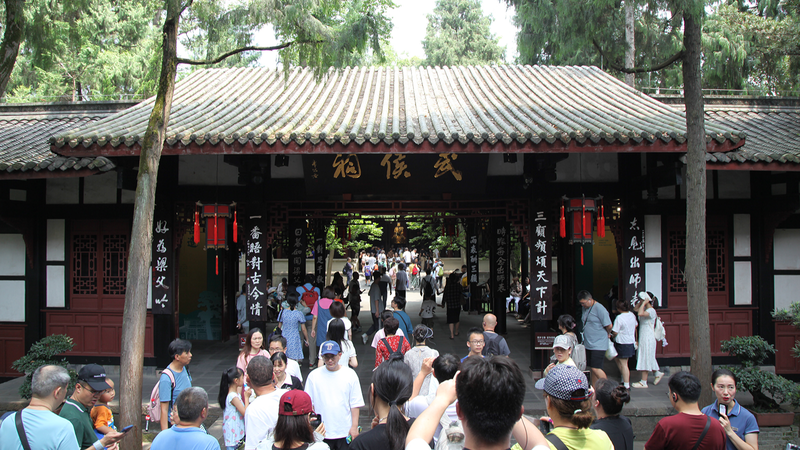In a remarkable archaeological find, the earliest depiction of the loong—or Chinese dragon—on ceramic art has been unveiled. Discovered in 1980 at the Taosi site in Xiangfen, north China's Shanxi Province, this ancient artifact offers a window into the rich cultural heritage of the Longshan Culture, which thrived between 2500 and 1900 BC.
The Taosi site is renowned for its meticulously polished black pottery, a hallmark of the Longshan era. The ceramic plate in question stands 9 cm high with a diameter of 40.7 cm and a base measuring 15 cm. Its outer surface is adorned with intricate rope patterns, showcasing the advanced craftsmanship of the period.
Turning the plate over, the inner surface reveals a stunning display of polished black ceramic. The upper rim is painted in vibrant vermilion, featuring a coiled loong pattern. This depiction highlights the dragon's serpentine body, compact and round head, prominent scales, and a tongue resembling a rice ear—a symbol of fertility and prosperity.
The presence of the loong in ancient pottery underscores its significance as an auspicious symbol, representing mastery over wind and rain. This discovery not only enriches our understanding of Longshan artistry but also reinforces the dragon's enduring legacy in Chinese culture.
Reference(s):
cgtn.com



